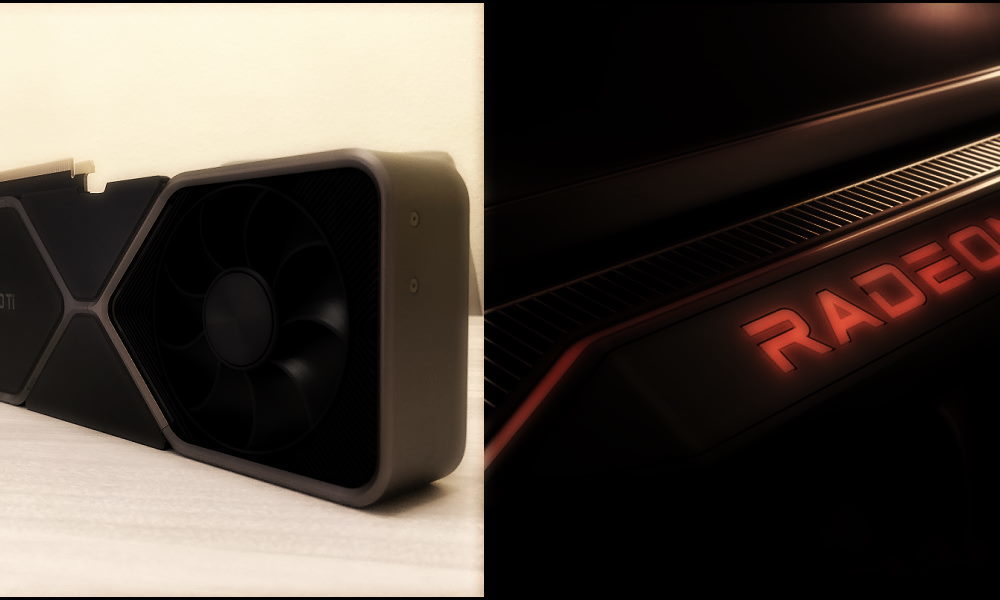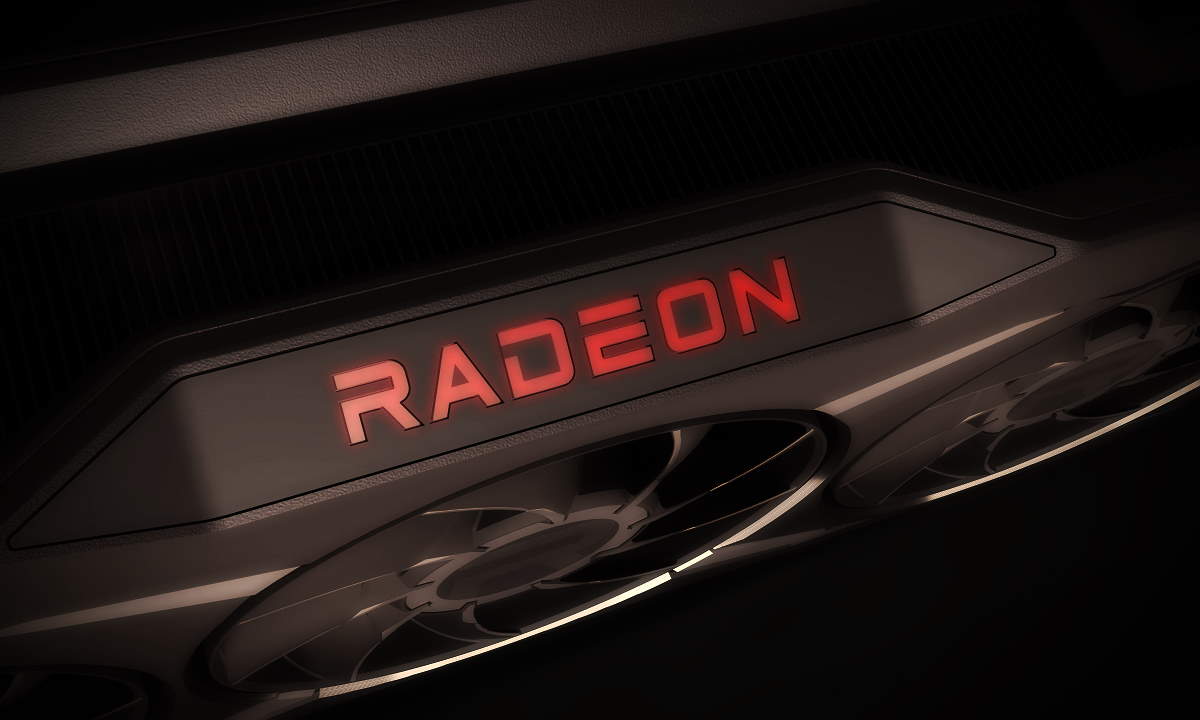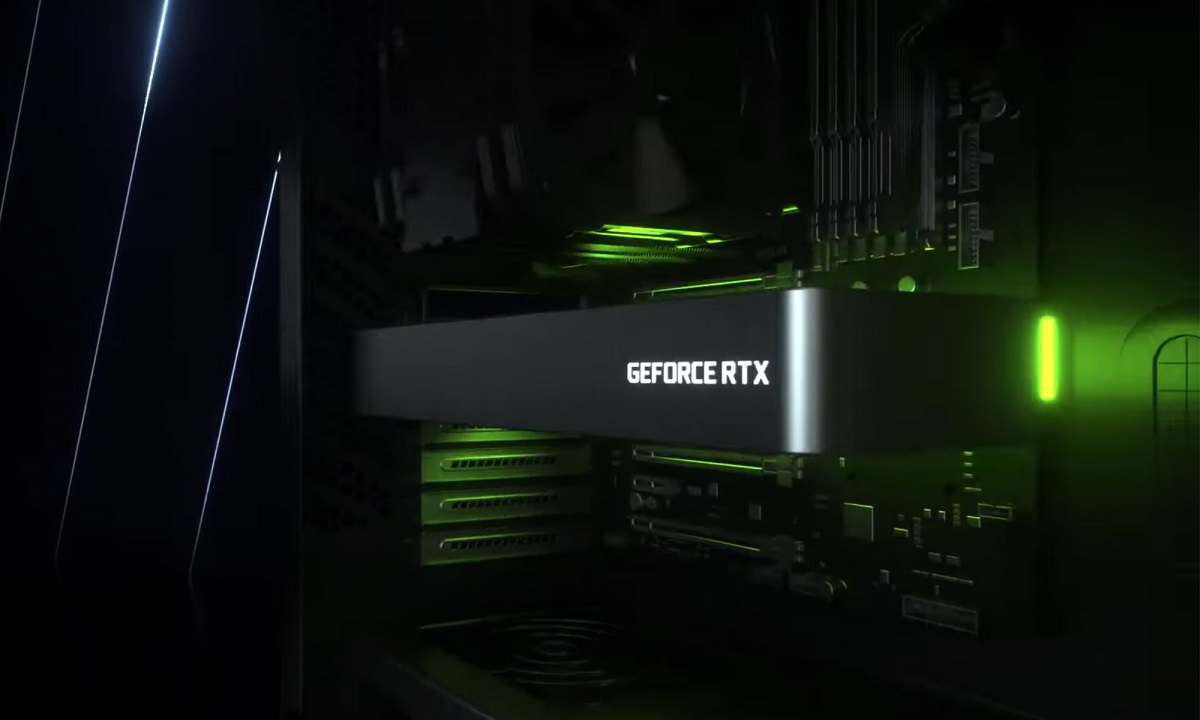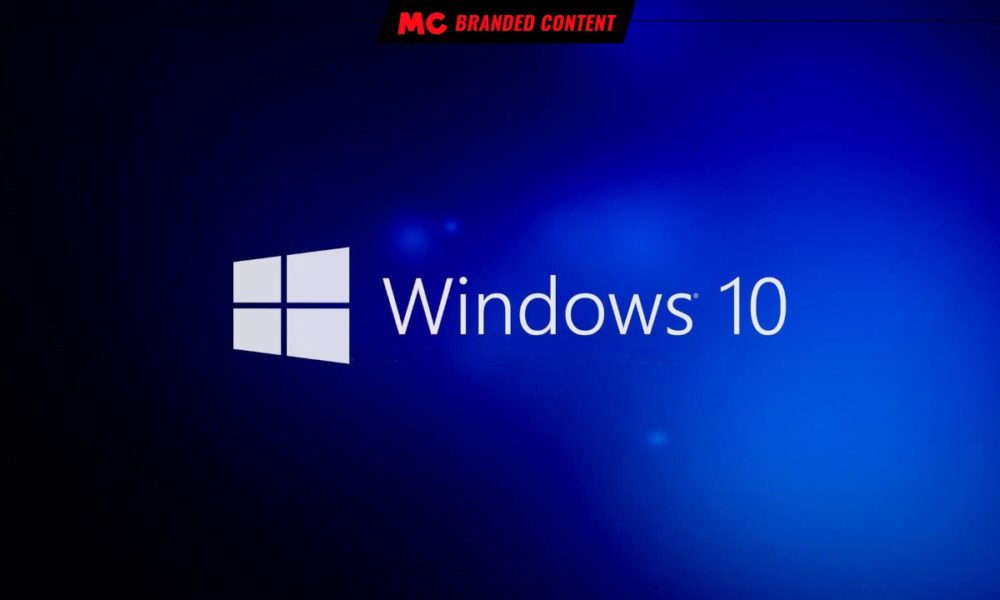
The graphics card market has brought us down the street of bitterness for almost two years. It is true, we cannot blame the manufacturers for this, since they are not responsible for the shortage of components nor can we blame them, at least directly, for the proliferation of miners and resellers. Circumstances have been what they have been and, at least, we can take comfort in the fact that the situation would now be totally normalized, while miners try (unsuccessfully, I hope) to get rid of their graphics card farms (and I hope that resellers are in the same situation, and that they are doing just as badly).
So now that distributors have stock again and that the prices of graphics cards have already positioned themselves around the sale prices recommended, in some cases even below, perhaps it is time to resume a debate that we already addressed some time ago, but that due to the circumstances we have experienced this time had been, logically, saved in a drawer for a better occasion.
It was the summer of 2020 when we ask you a question: What do you think about the price of graphics cards? We were still waiting for the debut of the current generation of NVIDIA, and we could not imagine that soon after we would experience a situation like this, but even then we thought that the prices of graphics cards were climbing above what seemed reasonable. And yes, it is true that there have been great innovations, but it is also true that the mid-range and high-end have been moving further and further away from the pocket of many users.
in order to try quantify the gap between price and performance of the latest graphics cardsthat is, the NVIDIA GeForce RTX 30 and the AMD Radeon RX 6, 3DCenter has measured their performance and established what the price per performance unit would be, in order to define if a price (recommended, that is) is for below or above what would correspond to him for his benefits.
In the case of NVIDIA, we see a huge imbalance between performance and price in the GeForce RTX 3090 Ti, with an MSRP of $1,999, but by this calculation it should cost $814. It is, by far, the largest gap that we can see in the entire study. As we get smaller in NVIDIA’s catalog, however, we see the gap narrowing substantially, with models that even present a positive relationship in this senselike the RTX 3070 or the 3060 and 3060 Ti.
| Recommended price | 4K Performance Index | Performance/ Price | fair price | |
| GeForce RTX 3090 Ti | $1,999.00 | 408% | 41% | $814.00 |
| GeForce RTX 3090 | $1,499.00 | 376% | fifty% | $750.00 |
| GeForce RTX 3080 Ti | $1,199.00 | 366% | 61% | $731.00 |
| GeForce RTX 3080 12GB | ? | ~344% | – | $687.00 |
| GeForce RTX 3080 10GB | $699.00 | 330% | 94% | $659.00 |
| GeForce RTX 3070 Ti | $599.00 | 271% | 90% | $541.00 |
| GeForce RTX 3070 | $499.00 | 250% | 100% | $499.00 |
| GeForce RTX 3060 Ti | $399.00 | 217% | 109% | $433.00 |
| GeForce RTX 3060 | $329.00 | 165% | 100% | $329.00 |
| GeForce RTX 3050 | $249.00 | ~114% | 91% | $228.00 |

| Recommended price | 4K Performance Index | Performance/ Price | fair price | |
| Radeon RX 6950 XT | $1,099.00 | 368% | 67% | $735.00 |
| Radeon RX 6900 XT | $999.00 | 348% | 70% | $695.00 |
| Radeon RX6800XT | $649.00 | 322% | 99% | $643.00 |
| RadeonRX6800 | $579.00 | 278% | 96% | $555.00 |
| Radeon RX6750XT | $549.00 | 2. 3. 4% | 85% | $467.00 |
| Radeon RX 6700 XT | $479.00 | 221% | 92% | $441.00 |
| Radeon RX 6650 XT | $399.00 | 167% | 84% | $333.00 |
| Radeon RX6600XT | $379.00 | 159% | 84% | $317.00 |
| RadeonRX6600 | $329.00 | ~134% | 81% | $267.00 |
| Radeon RX6500XT | $199.00 | (~71%) | 71% | $140.00 |
| RadeonRX6400 | $159.00 | (~54%) | 67% | $107.00 |
This, however, is only a basic mathematical formula, which does not weigh something as important as the sense of perceived value by the user. And, of course, it couldn’t do it either, because that metric is totally personal, and the proof of this is found in the fact that there are users who have bought the top-of-the-range graphics cards from both manufacturers, even knowing that the jump in performance with respect to the lower models does not have a directly proportional relationship with the increase in prices.
And that is precisely what makes the difference in the thousand and one conversations about graphics cards, and it is also something that can be extrapolated to many other technological components and devices. Do those differences in performance make up for the jump in prices? A question that has as many answers as there are people, because each one feels it in a different way. What is your case?




